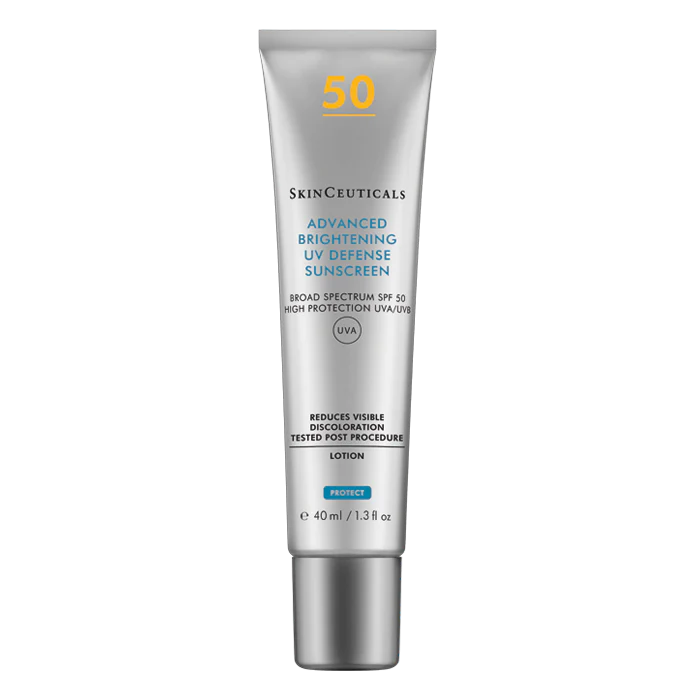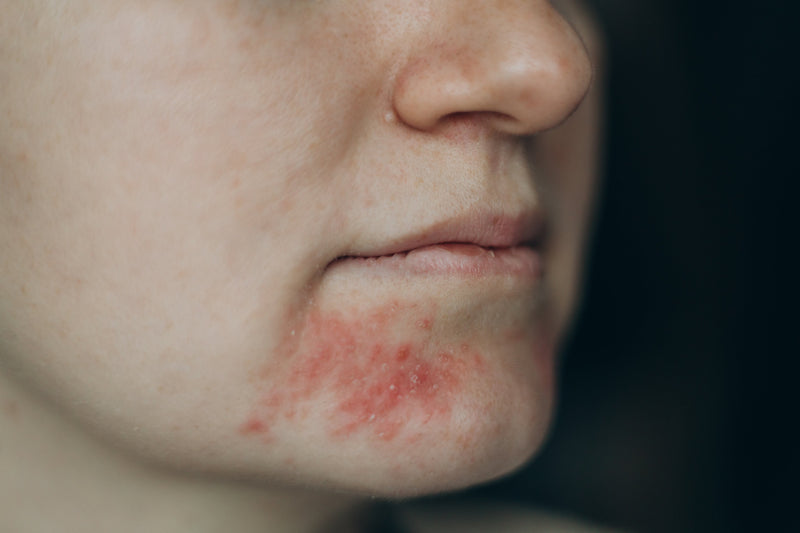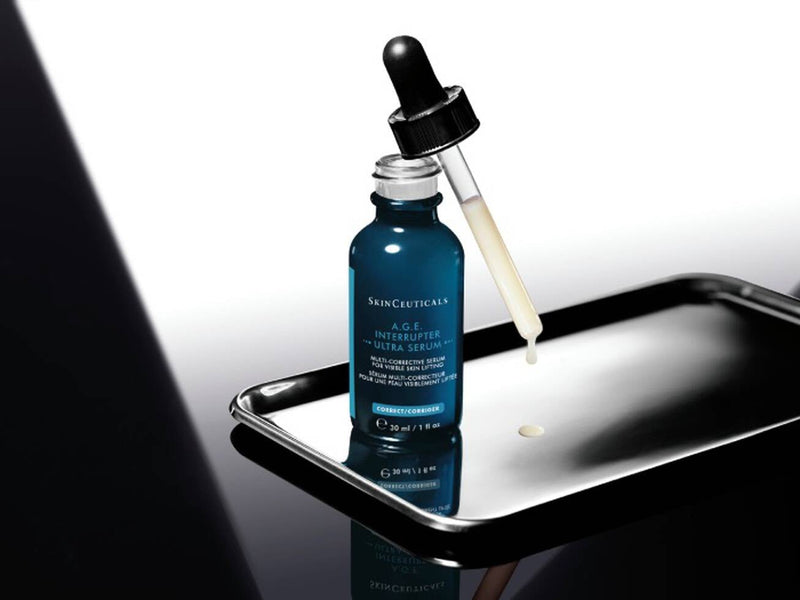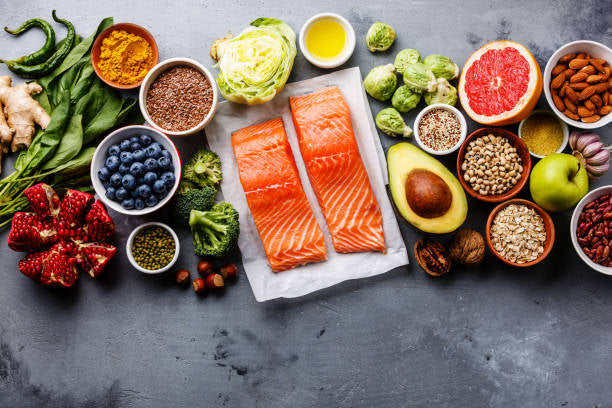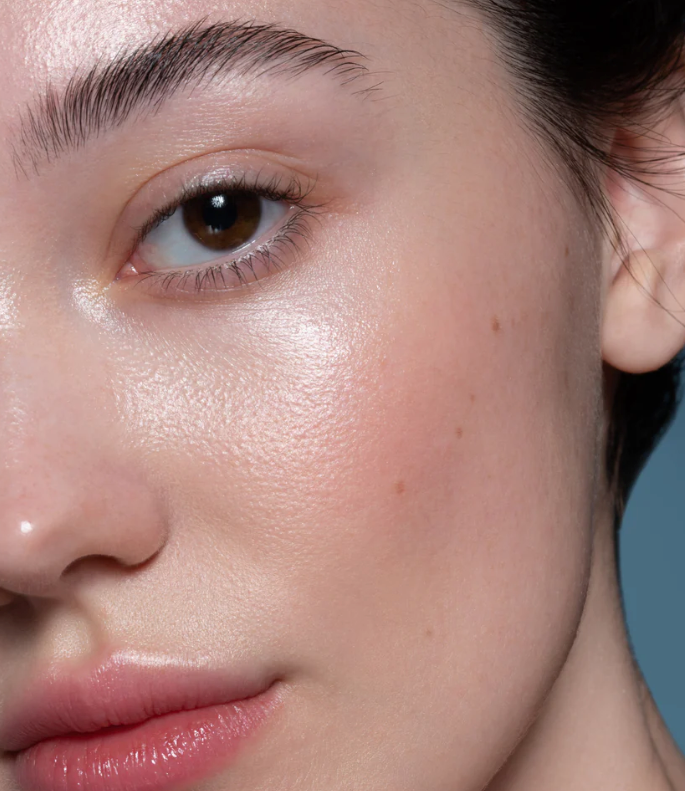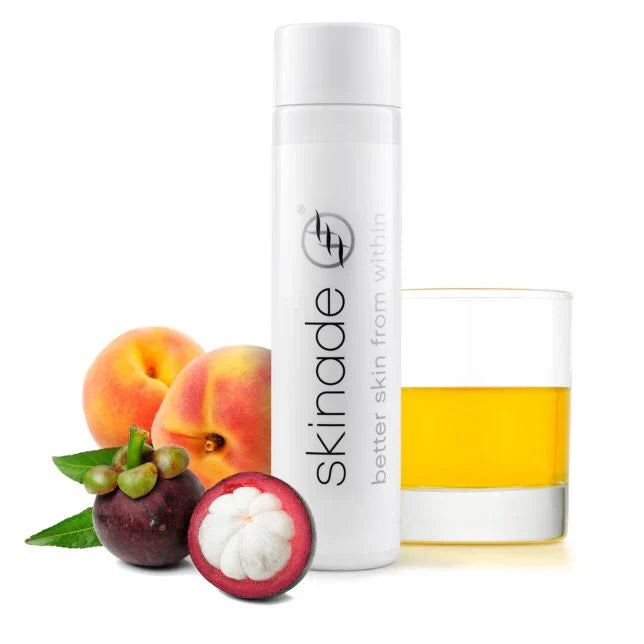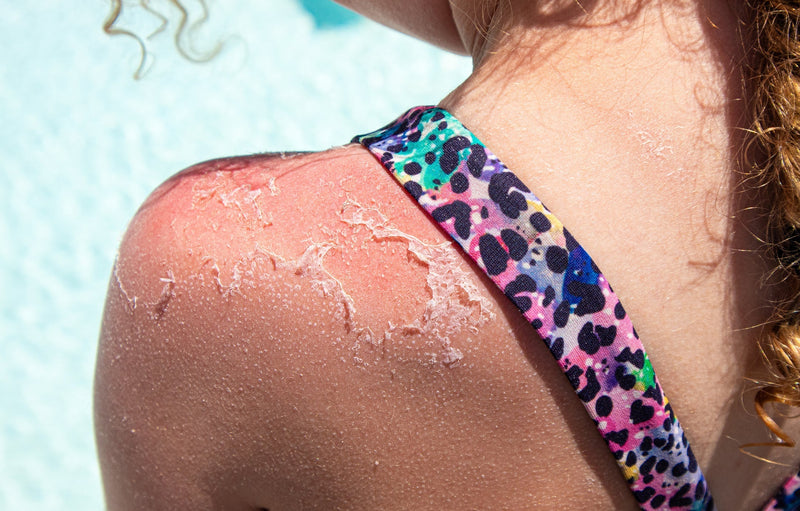1. Everything Is Connected
The pandemic exposed how interwoven our systems are — not just globally, but biologically.
Respiratory, cardiovascular, immune, and nervous systems all communicate through shared inflammatory pathways. The same cytokines that mediate viral defence — IL-1β, IL-6, TNF-α — also drive chronic inflammation in the skin and gut.
COVID-19 made the concept of systemic inflammation visible to the world.
2. Resilience Begins Before Illness
People with balanced metabolic health, low chronic inflammation, and good micronutrient status generally recovered better.
It reminded clinicians that prevention is not a luxury; it’s a strategy. Supporting immune resilience through diet, sleep, movement, and stress regulation matters as much as acute treatment.
3. The Role of the Microbiome
Lockdowns, antibiotics, stress and diet shifts altered gut and skin microbiota in many people.
Research in Cell Reports Medicine and Nature Communications (2022–2023) confirmed that gut dysbiosis influences immune tone and severity of infection. The microbiome became central to understanding not only recovery but also long-COVID inflammation and post-viral fatigue.
4. Inflammation Is a Common Language
COVID-19 was, in essence, an inflammatory disease.
The “cytokine storm” seen in severe cases illustrated how the same molecules that help heal can, when uncontrolled, damage tissue.
That understanding changed how we look at chronic conditions — from acne and rosacea to cardiovascular disease — all rooted in the same imbalance between immune activation and regulation.
5. Mental Health and the Skin–Brain Axis
Stress, isolation and disrupted sleep patterns heightened cortisol levels and inflammatory flare-ups. Clinics observed more eczema, dermatitis, and acne.
The lesson: psychological stress is not separate from physical health — it’s a biological signal that shapes inflammation, barrier function, and healing capacity.
6. The Value of Touch and Connection
Months without human contact showed how therapeutic touch affects immunity and nervous system tone.
Massage, facials and physical care were no longer seen as indulgent, but as ways to restore oxytocin release, lower cortisol, and rebalance the parasympathetic system — all vital for skin repair.
7. Clean Doesn’t Mean Sterile
While hygiene and sterilisation saved lives, over-sanitisation also stripped barriers and disrupted the skin microbiome.
Post-pandemic, “healthy barrier” replaced “squeaky clean” as the new gold standard in skincare.
8. Science and Compassion Must Work Together
Clients now seek both evidence and empathy.
They value clinics that combine rigorous safety with emotional understanding — a model that mirrors what modern medicine and aesthetics are becoming: collaborative, human, and holistic.
In Summary
COVID-19 taught us that health is networked — every system, every cell, every emotion connected through inflammation and repair.
It reaffirmed that prevention, resilience, and calm are not marketing ideas; they are biological necessities.
And it reminded us that skin health, like human health, begins with balance — within the body, the microbiome, and the mind.
